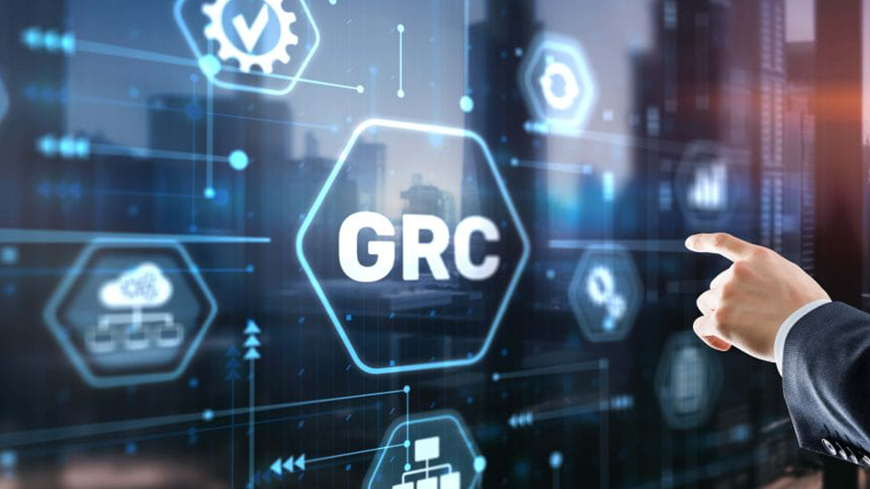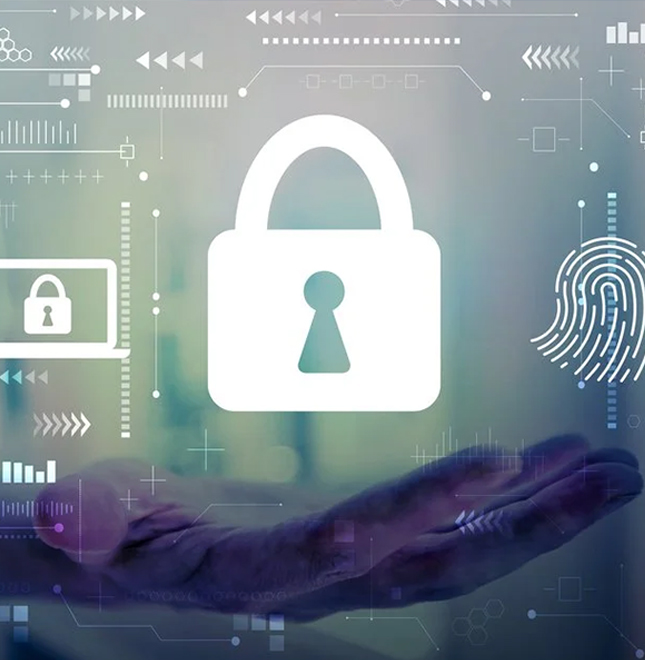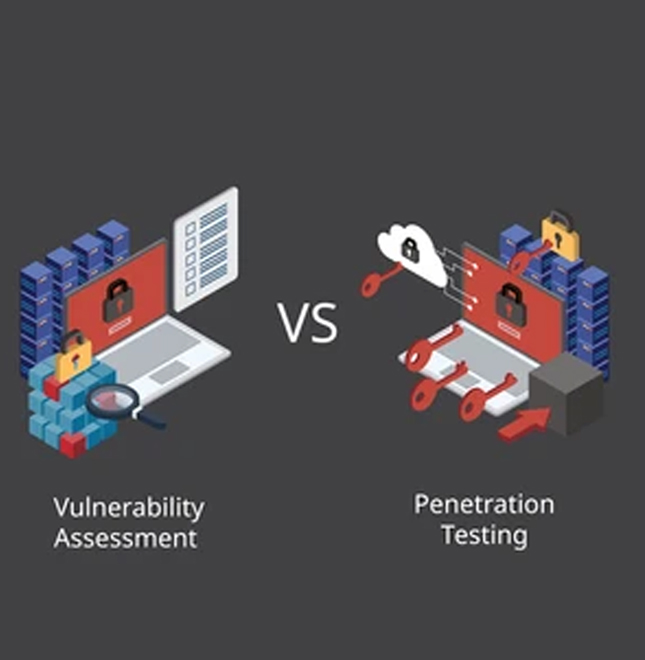
How GRC Helps Organizations Navigate Cybersecurity Challenges
In today’s digital landscape, where data breaches and cyberattacks are increasing in frequency and sophistication, businesses face immense pressure to safeguard their data and maintain compliance with ever-evolving regulations. As organizations struggle to manage cybersecurity risks while adhering to complex regulatory requirements, the importance of Governance, Risk, and Compliance (GRC) has never been more evident.
In this blog, we will explore how GRC frameworks help businesses navigate modern cybersecurity challenges, improve risk management, and enhance operational resilience.
The Evolving Cybersecurity Landscape
As technology continues to evolve, so too do the risks associated with it. Organizations are now dealing with a wide range of cybersecurity threats, including:
- Advanced Persistent Threats (APTs): Long-term, targeted attacks designed to steal data or disrupt operations
- Ransomware: Malicious software that locks organizations out of their data until a ransom is paid.
- Insider Threats: Risks posed by employees or contractors who may misuse access to sensitive data.
- Supply Chain Attacks: Threats that exploit vulnerabilities in third-party vendors or partners to breach an organization’s network.
In addition to these threats, businesses must also navigate a complex regulatory environment. Compliance with regulations like the General Data Protection Regulation (GDPR), Health Insurance Portability and Accountability Act (HIPAA), Payment Card Industry Data Security Standard (PCI DSS), and others has become a significant challenge for organizations across industries.
This combination of rising threats and growing regulatory pressure has forced businesses to adopt a more structured approach to managing cybersecurity. GRC frameworks provide organizations with the tools they need to address these challenges effectively.
What is GRC?
GRC, which stands for Governance, Risk, and Compliance, is a comprehensive framework that helps organizations manage risk, ensure compliance, and establish effective governance structures. Each component of GRC plays a critical role in cybersecurity:
- Governance: Refers to the policies, procedures, and processes that ensure an organization’s cybersecurity efforts align with its overall business objectives. Governance ensures that decision-making is consistent with regulatory requirements and organizational goals.
- Risk Management: Involves identifying, assessing, and mitigating cybersecurity risks. This includes everything from network vulnerabilities to data protection concerns and third-party risks.
- Compliance: Ensures that an organization’s cybersecurity practices meet relevant legal, regulatory, and industry-specific standards. Compliance is vital for avoiding legal penalties and maintaining customer trust.
When properly implemented, GRC enables organizations to build a unified approach to managing cybersecurity risks, enhancing decision-making, and ensuring regulatory compliance.
How GRC Addresses Cybersecurity Challenges
- Proactive Risk Management
- Regulatory Compliance and Audit Readiness
- Holistic Approach to Cybersecurity
- Managing Third-Party Risks
- Incident Response and Business Continuity
One of the key benefits of GRC is its ability to transform cybersecurity from a reactive to a proactive function. Traditional cybersecurity efforts often focus on addressing threats after they occur. In contrast, GRC emphasizes risk identificationand risk mitigation before incidents happen.
Through structured risk assessments, organizations can identify potential vulnerabilities in their systems and processes. GRC frameworks provide a methodology for evaluating these risks, prioritizing them based on their likelihood and potential impact, and implementing appropriate controls to reduce them. This proactive approach helps organizations stay ahead of cyber threats and minimize the risk of data breaches or system failures.
For example, using GRC tools, a financial services company might identify a critical vulnerability in its payment processing systems. By addressing this risk before it is exploited, the company can avoid a costly breach and maintain customer trust.
Maintaining compliance with a growing list of cybersecurity regulations is one of the biggest challenges facing businesses today. Fines for non-compliance with regulations like GDPR or PCI DSS can be substantial, and the reputational damage from failing to protect sensitive data can be devastating.
GRC frameworks provide organizations with a structured approach to ensure compliance with regulatory requirements. This includes maintaining up-to-date documentation, tracking changes in regulations, and conducting regular audits. GRC tools can help automate many compliance tasks, such as tracking policies, managing audit logs, and producing compliance reports.
Additionally, GRC systems are designed to ensure audit readiness, which means organizations can quickly demonstrate compliance during an external audit. This reduces the burden on internal teams while minimizing the risk of regulatory penalties.
GRC promotes a holistic approach to cybersecurity by ensuring that risk management, compliance, and governance are integrated into the organization’s broader business strategy. This ensures that cybersecurity efforts are not siloed but are instead embedded into every aspect of the business.
For example, when a company develops a new product, GRC frameworks ensure that cybersecurity considerations are part of the design process from the very beginning. This not only enhances security but also improves operational efficiency and reduces costs associated with retrofitting security measures after a product is launched.
This integration helps organizations achieve cyber resilience, enabling them to respond quickly and effectively to emerging threats, protect sensitive data, and minimize operational disruptions.
In today’s interconnected business environment, organizations are increasingly reliant on third-party vendors, contractors, and partners. However, this also introduces significant cybersecurity risks, as vulnerabilities in a third party’s systems can be exploited to access an organization’s data or network.
GRC frameworks help businesses manage third-party risks by establishing clear governance structures for vendor relationships. This includes conducting regular third-party risk assessments, implementing contractual security requirements, and monitoring vendor compliance with cybersecurity standards.
For example, an organization using cloud services can use GRC tools to ensure that the cloud provider meets all necessary security and compliance requirements. This reduces the risk of a breach caused by vulnerabilities in the vendor’s systems.
Cybersecurity incidents are inevitable, no matter how robust an organization’s defenses may be. However, the key to minimizing damage lies in having a strong incident response plan and business continuity strategy in place.
GRC frameworks help organizations develop effective incident response protocols, ensuring that all stakeholders know their roles and responsibilities in the event of a breach. GRC tools also facilitate continuous monitoring, enabling real-time detection of suspicious activity and quicker responses to potential threats.
Furthermore, GRC promotes the development of business continuity plans that ensure the organization can maintain critical operations even in the face of a cyberattack. This enhances organizational resilience and minimizes the impact of cybersecurity incidents.
Best Practices for Implementing GRC for Cybersecurity
To fully leverage GRC for navigating cybersecurity challenges, organizations should follow these best practices:
- Integrate GRC with Cybersecurity Operations: GRC should be an integral part of cybersecurity efforts, with risk management, compliance, and governance embedded into daily operations.
- Automate Where Possible:Use GRC tools to automate repetitive tasks like compliance reporting and risk assessments, freeing up resources for more strategic activities.
- Regular Risk Assessments: Conduct regular risk assessments to identify new vulnerabilities and ensure that risk mitigation strategies are effective.
- Foster a Culture of Cybersecurity:Encourage a culture of cybersecurity awareness across all levels of the organization, ensuring that employees understand their role in maintaining security and compliance.
- Collaborate with Key Stakeholders: Ensure that GRC efforts are aligned with the broader business strategy by collaborating with stakeholders from across the organization, including IT, legal, finance, and executive leadership.
Conclusion: The Future of Cybersecurity is GRC
In a world where cybersecurity threats are constantly evolving, organizations need a comprehensive, proactive approach to managing risk and ensuring compliance. Governance, Risk, and Compliance (GRC) provides the framework necessary to navigate today’s complex cybersecurity landscape, protecting businesses from data breaches, regulatory penalties, and operational disruptions.
At Risknox, we specialize in helping organizations implement GRC solutions that enhance cybersecurity resilience, improve risk management, and ensure compliance with industry standards. Contact us today to learn how our GRC services can help secure your business in the face of evolving cyber threats.
Lets Get Stared with Us.
Call Us Now!







